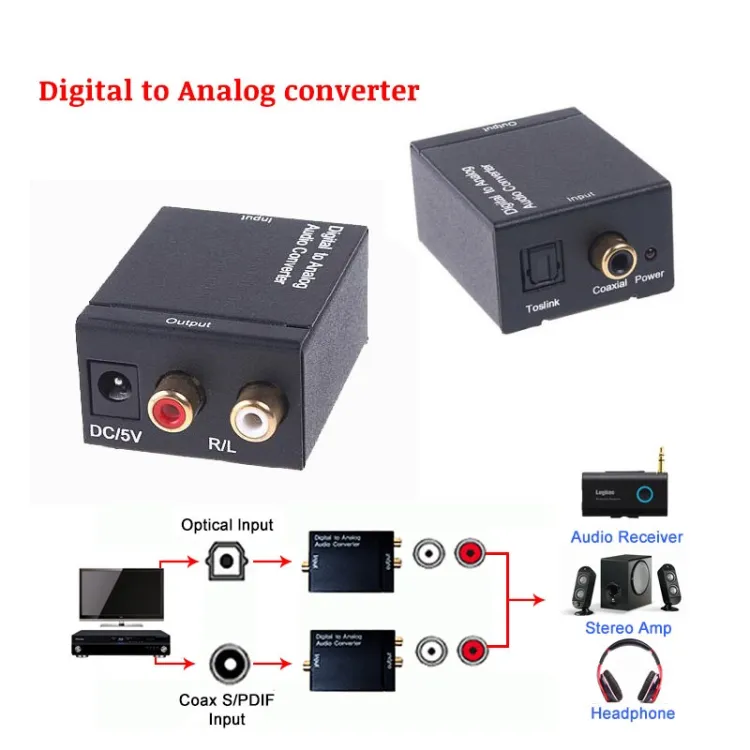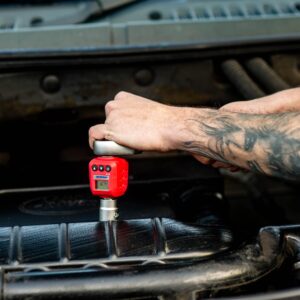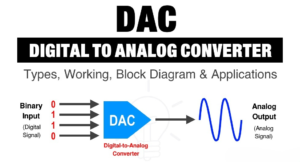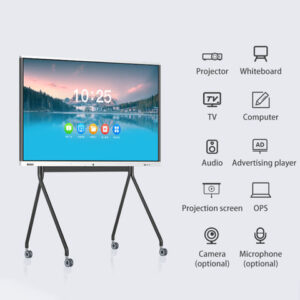As a Digital Creator, I’m deeply immersed in the ever-changing landscape of audio technology. In today’s fast-paced environment, the shift from analog to digital has become commonplace. With the surge in popularity of digital audio formats, there’s an increasing demand for tools that can effortlessly convert digital signals to analog, ensuring smooth playback on traditional analog audio systems. Enter digital-to-analog audio converters (DACs). In this piece, we’ll delve into the importance of DACs, how they operate, and the advantages they bring to both audio enthusiasts and professionals.
Understanding Digital to Analog Audio Converters
What is a Digital to Analog Audio Converter?
A digital to analog audio converter is a device that takes a digital audio signal and converts it into an analog format that can be played through traditional audio systems. These converters are commonly used to bridge the gap between modern digital audio sources, such as computers, smartphones, and media players, and older analog audio equipment like amplifiers, receivers, and speakers.
How do Digital to Analog Audio Converters Work?
Digital to analog audio converters work by taking the binary data of a digital audio signal and converting it into an analog waveform that can be amplified and played through speakers. The process involves two main stages: sampling and reconstruction. During sampling, the digital signal is measured at regular intervals to capture the amplitude and frequency information. In the reconstruction stage, the DAC converts the sampled data into a continuous analog signal that accurately represents the original audio.
The Importance of Digital to Analog Audio Converters
Preserving Audio Quality
One of the primary reasons for using a digital to analog audio converter is to maintain the quality of the audio signal. While digital audio formats offer convenience and flexibility, analog audio is often preferred by audiophiles for its warm and natural sound. DACs ensure that the digital audio signal is accurately translated into analog, preserving the nuances and details of the original recording [1].
Compatibility with Analog Audio Systems
As technology advances, many older analog audio systems may lack the necessary inputs to directly connect to digital audio sources. DACs provide a simple and effective solution, allowing users to connect their digital devices to analog audio systems without the need for extensive upgrades or replacements [1].
Versatility and Flexibility
Digital to analog audio converters offer versatility and flexibility, making them suitable for a wide range of applications. They can be used in professional audio production settings, home entertainment systems, and even in-car audio setups. DACs allow users to enjoy the benefits of digital audio while still being able to connect to traditional analog equipment [1].
Choosing the Right Digital to Analog Audio Converter
Factors to Consider
When selecting a digital to analog audio converter, several factors should be taken into account:
- Audio Quality: Look for a DAC that offers high-resolution audio support and a high signal-to-noise ratio for optimal sound reproduction.
- Connectivity Options: Consider the types of digital inputs and analog outputs available to ensure compatibility with your audio sources and equipment.
- Portability: If you require a portable solution, look for DACs that are compact, lightweight, and offer battery-powered options.
- Price Range: Set a budget and choose a DAC that offers the best balance between performance and affordability.
Popular Digital to Analog Audio Converters
There are several reputable brands and models of digital to analog audio converters on the market. Some popular choices include:
- AudioQuest DragonFly
- Schiit Modi
- iFi Audio xDSD
- FiiO E10K
Digital to Analog Audio Converter (DAC) FAQ
Q: What is a Digital to Analog Audio Converter (DAC)?
A: A Digital to Analog Audio Converter, commonly known as a DAC, is a device that converts digital audio signals into analog signals. This allows digital audio sources, such as computers, smartphones, or gaming consoles, to be played through analog audio systems like headphones, speakers, or amplifiers.
Q: Why would I need a DAC?
A: You may need a DAC if you have digital audio sources that need to be played through analog audio systems. Many modern devices only have digital audio outputs, so a DAC is necessary to convert the digital signal into an analog format that traditional audio systems can understand.
Q: How does a DAC work?
A: A DAC works by taking the digital audio signal and converting it into an analog waveform that can be sent to speakers or headphones. This conversion process involves translating the binary data of the digital signal into a continuous voltage or current signal that corresponds to the audio waveform.
Q: What are the benefits of using a DAC?
A: Using a DAC can improve the sound quality of your audio playback. Digital signals can be prone to interference and distortion, but a DAC can help to minimize these issues by converting the signal into a clean analog waveform. Additionally, DACs often provide better digital-to-analog conversion than built-in audio outputs on devices like computers or smartphones, resulting in clearer and more accurate sound reproduction.
Q: Do all audio systems require a DAC?
A: No, not all audio systems require a separate DAC. Many modern audio devices, such as smartphones, tablets, and computers, have built-in DACs that can convert digital audio signals to analog. However, external DACs are often used to enhance sound quality, especially in high-fidelity audio setups or with devices that have lower-quality built-in DACs.
Conclusion
Digital to analog audio converters play a crucial role in bridging the gap between modern digital audio sources and traditional analog audio systems. They provide a seamless and high-quality conversion of digital audio signals into analog format, preserving the integrity and nuances of the original recordings. Whether you are an audiophile, a professional audio engineer, or simply an enthusiast looking to connect your digital devices to analog audio systems, a digital to analog audio converter can enhance your audio experience and ensure compatibility across different platforms.
Also Read:
The Best Digital Thermometer: An In-Depth Review
The Digital to Analog Converter: Understanding Its Significance and Functionality








Be First to Comment